Learning how to write letters is an absolutely critical part of a child educational development. In fact, it is one of the cornerstones of literacy, especially when it comes to the writing aspect of learning a language.
However, did you know that children don’t just start writing letters? There are actually a lot of smaller skills that need to be in place before kids can actually begin to understand, form, and write letters themselves.
Our tracing boards can teach a whole lot more than simply letter recognition or letter writing practice. For example, children can use our tracing boards to help them develop their basic fine motor skills, learn how to properly hold a pencil, recognize and build basic letter parts, forming actual letters, and learn to write letters on their own.
In this post, we will be highlighting 4 critical skills that need a child needs to have in order to properly build letters. Specifically, we will focus on how our tracing boards can be used to teach each step!
Learning How to Write Letters
Developing Basic Fine Motor Skills
Before a child can even think of writing actual letters with an actual pencil, they need to be able to control their fingers and make them do what they want them to do. The age in which this happens varies quite a bit from child to child.
To help build a child’s basic finger control using our tracing boards, they can simply trace the shapes and letters of the board with a single finger. We have boards that just have squiggles and random shapes, boards with the child’s actual name on it, or boards with the entire alphabet on them. Any of them will work for this activity.
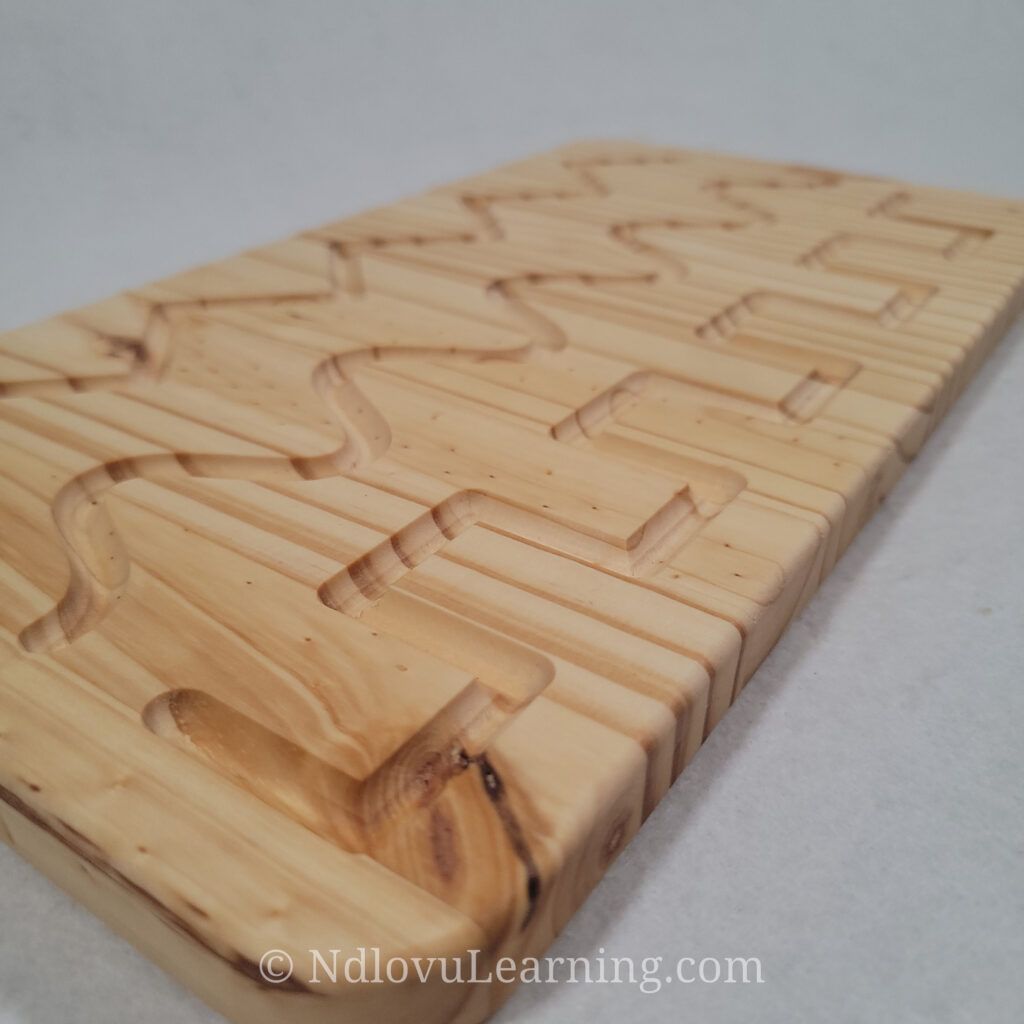
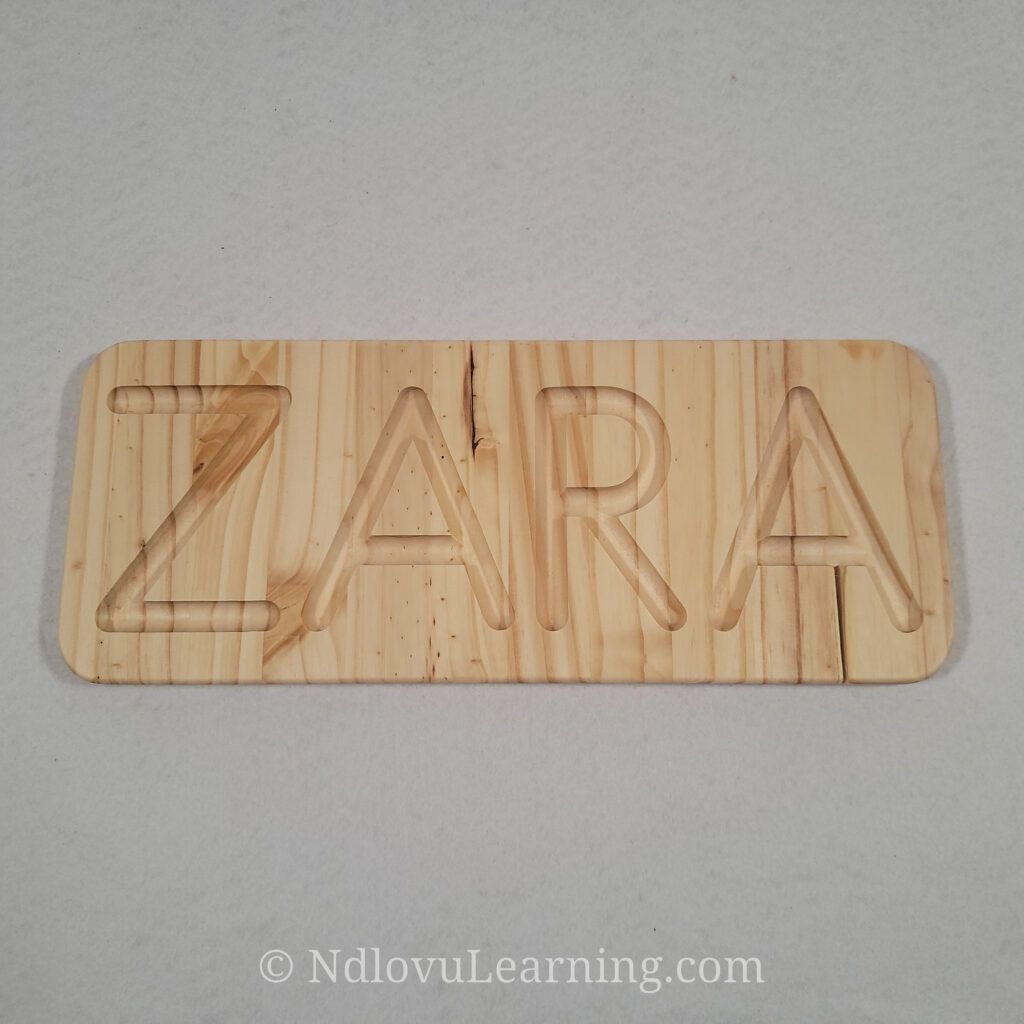
The indentations on the boards guide the child’s finger along so they can practice moving their finger through the line. We’ve worked with many toddlers who love to just simply trace the shapes on the board. Sometimes, they will sit there for five minutes super focused on the simple task of tracing the first letter of their name over and over and over. Not only does this improve their fine motor skills but it also is setting the foundation for the future letter recognition to come.
Once the child can trace well with one finger, you can have them practice with other fingers and with the other hand! Pretty soon they will be in full control of their fingers. Once they get a handle of the basic fine motor skills, it’s time to move onto the next step of learning how to properly hold a pencil.
Learning How to Hold Pencil
Before a child can write letters, they need to know how to hold a pencil properly. Every child knows how to grab on to a pencil or crayon with a fist and start scribbling like crazy but transitioning them to the proper form can prove to be challenging. With the basic fine motor skills developed from the last step, it’s time to move on to the pencil.
Every tracing board we sell, comes with a wooden tracing “pencil” that functions as a writing utensil and fits nicely with the engraved letters on the tracing board. Our pencils are thicker than most pencils or markers which makes it a great way to start learning how to hold it because it is easier to manage than a skinny pencil.
Another great thing about our wooden pencils is that they don’t actually make any marks so the child can practice writing anywhere and everywhere, even without the tracing board. There is something pretty satisfying for a child to conquer the task of holding a pencil and tracing it through the letters of their name (it’s even pretty satisfying for us as adults)!
Our tracing boards with squiggles are particularly good for this stage because the funny shapes, lines, squigles, and loops can be fun for the children to trace with their pencils.
Building Basic Letter Parts
Now that your child has developed their fine motor skills enough to properly hold a pencil, they can start learning the building blocks of letters! Did you know that all of the letters in the English language are constructed from the same basic four parts: large semi-circle, small semi-circle, long line, and short line.
We actually have a separate learning tools specifically designed with this stage of learning in mind called: Letter Building Pieces.
If you can break the letters down into these simple parts, it makes it really easy for children to recognize them and begin to build entire letters. For example, if we take the letter D, you can see it is made from one long line and one large semi-circle. The child can recognize this and trace “one long line down” and “one large semi-circle” over and over. Eventually, it will transform from the individual parts into the letter as a hole.
Every letter can be broken down into individual pieces, so, if a child knows those pieces, they can put every letter, in upper and lowercase, together.
Tracing Entire Letters
Eventually, your child will be able to think of the letters as just the letter and not its individual parts. At this point, they can begin to trace the entire letters on the tracing boards.
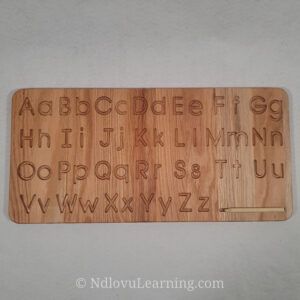
If you have a board with an entire alphabet there are a lot of fun ways to help them learn the letters. For example, you can call out a letter and have them locate that letter on the board and then trace it using either their finger or the stylus. If you have a tracing board that has both capitol and lower case letters, you can take that activity one step further and as them to find the capital or lowercase version of a specific letter.
The letter recognition game works especially well if you have a name tracing board because children love nothing more than to learn the letters of their very own name! This also reduces the initial number of letters for them to learn. You can start with their name tracing board and then once they know all of the letters of their name, move onto the full alphabet tracing board.
There are many other structured games and activities that you can do with your child to help them learn to write the letters of the alphabet with our tracing boards. Sometimes, it works just as well to leave them alone with their tracing boards and let them figure out their own unique and creative ways to use them. We are always amazed at the new ways kids come up with if left to their own devices using our boards that we would never have thought of on our own!
Conclusion
To wrap this up, there are many ways and methods to teach a child to how to write letters and we believe that one really effective one is to incorporate a tracing board into the center of that learning experience. The tracing board offers a tactile, physical guide to them.
Our tracing boards can aid in every stop of the letter learning process from the initial fine motors skills all the way to knowing and being able to write entire letters. You can get generic tracing boards from us that have the alphabet in lowercase, upper case, or both as well as customized tracing boards with your child’s name. Really, we can customize them in any way you choose.
If you are a daycare provider, preschool teacher, or early education teacher we also offer discounts on larger orders if you are thinking of outfitting an entire classroom or getting a name tracing board for each student.
Finally, let us know if you have had any experience using tracing boards to teach your own children or students how to write letters. What were some good ways of utilizing them? Are there any tricks you’ve learned to make them even more useful to your children?
We look forward to hearing from you in the comments below!
Dustin & Hezel
NdlovuLearning.com

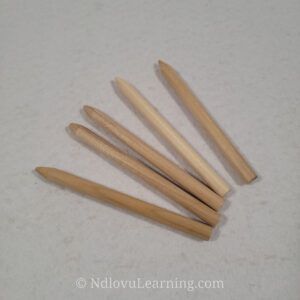
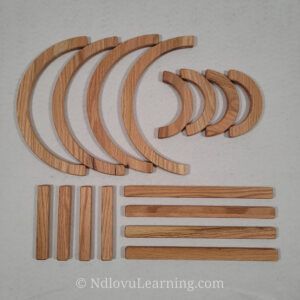
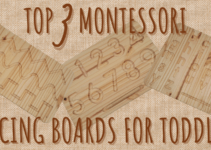
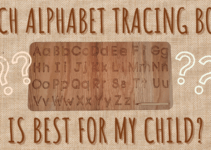
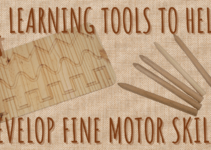
Wow, what a cool idea for a way to start young kids on their journey of recognizing written language and developing the skills they’ll need to write as well. I have never heard of tracing boards before, but it seems like something that kids would naturally enjoy doing. Plus, it’s even better that they will be learning life skills while they are playing. Thanks for sharing this neat resource!
That is definitely true! We have heard from at least two families who have some of our tracing boards that their young kids have voluntarily included tracing their name or alphabet into their bedtime routine! The parents have told us it helps them calm down before bed and also helps them learn their letters. I think there is something sort of meditative/calming about tracing something over and over.
Not gonna lie, I’ve found myself doing it on them as I’m making them too…haha
As an ESL teacher, I find this very interesting. Is this a Montessori method? Even though my students are older I can see applications where this can be used in kindergarten classes. Yup, I teach kindergarten as well as having my own school.
I love the idea of basic building blocks for letters and can use this in some of my younger classes, we start at age 5 in my school. and I love the tracing boards. Do you make them all yourself? I can really see a use for these in my younger classes.
So happy I came across this.
Thanks
Stephen
There are definitely a lot of uses and we’d love to hear more ideas about how you could use them with older kids. Hezel is a pre-school teacher so most of our uses revolve around that age and younger. We’re always looking for new ideas.
Yes, we do make them all ourselves. Between our single stall garage and a bedroom that we have converted to a CNC room in our basement, we can do it all! Haha
What a fantastic idea for young children. This is an excellent way for young children to learn and grow. I’m going into early childhood education, so I’ll definitely be using these. However, I had no idea that one could make their own, and I am glad that I do now.
Wow, what a great idea this is. It looks like a fun activity for both parents and kids to enjoy. The alphabet can be learned on TV with shows like sesame street, but actually writing, and tracing it in person is different and might be more effective.
Thank you for sharing.
Wow! What an amazing idea to teach children how to write. Tracing boards sounds wonderful for a child trying to develop his or her writing skills. Using boards will definitely make help make writing a bit easier for every child in school. Simple writing techniques can really help develop a child’s brain
Wow! Where were these when my kids were learning to write? My daughter struggled so much with hand control and had issues with eye-hand coordination. She ended up getting some help through occupational therapy, but these would have helped her so much in those days. I’m going to share this and hopefully it will help others who have similar issues with their children.
Thank you Theresa! These are really helpful to learning basic fine-motor skills and hand-eye coordination in the early years. Thanks for letting your friends with small children know about our tracing boards!
I love these learning tools. The generic tracing boards can be used by a child but are durable enough to pass them on after. The personalized one can be a treasured possession for the child’s whole life. And I appreciate the building letters parts because a child can have fun creating the letters! Thank you for posting!
That is definitely true Cynthia!
I know that name tracing boards often because name plates for the child’s bedroom when they get older! And you could definitely have an alphabet board that gets passed down from generation to generation. That would be pretty cool!
As I go through your article on learning to write with tracing boards, I remember those days back in Africa when I learnt to write. There were no writing aids, we learnt to write with basic instructions and cane. But now things have really changed, even in the remote parts of Africa and other developing nations, children now use basic tools like the tracing boards to make learning a lot easier
That is super interesting! I feel like our education philosophies here could greatly benefit from looking at how things are done in other countries. I’m sure there is a lot to learn both ways, both good and bad from each other.
Wow what an incredible idea! I have never ever seen this before, I wish I had one of these years ago, I might look into buying one for my youngest son when it’s needed. I tried all sorts of handwriting books and prompts when my boys were smaller. Such a good post!
Interesting to be able to help our kids learn to write letters with tracking boards. Tracking boards have proven to be of great help in the past, and now with another child getting ready to start school next year I can work with him in learning the alphabet along with writing his name. I have shared your website with my social media followers.